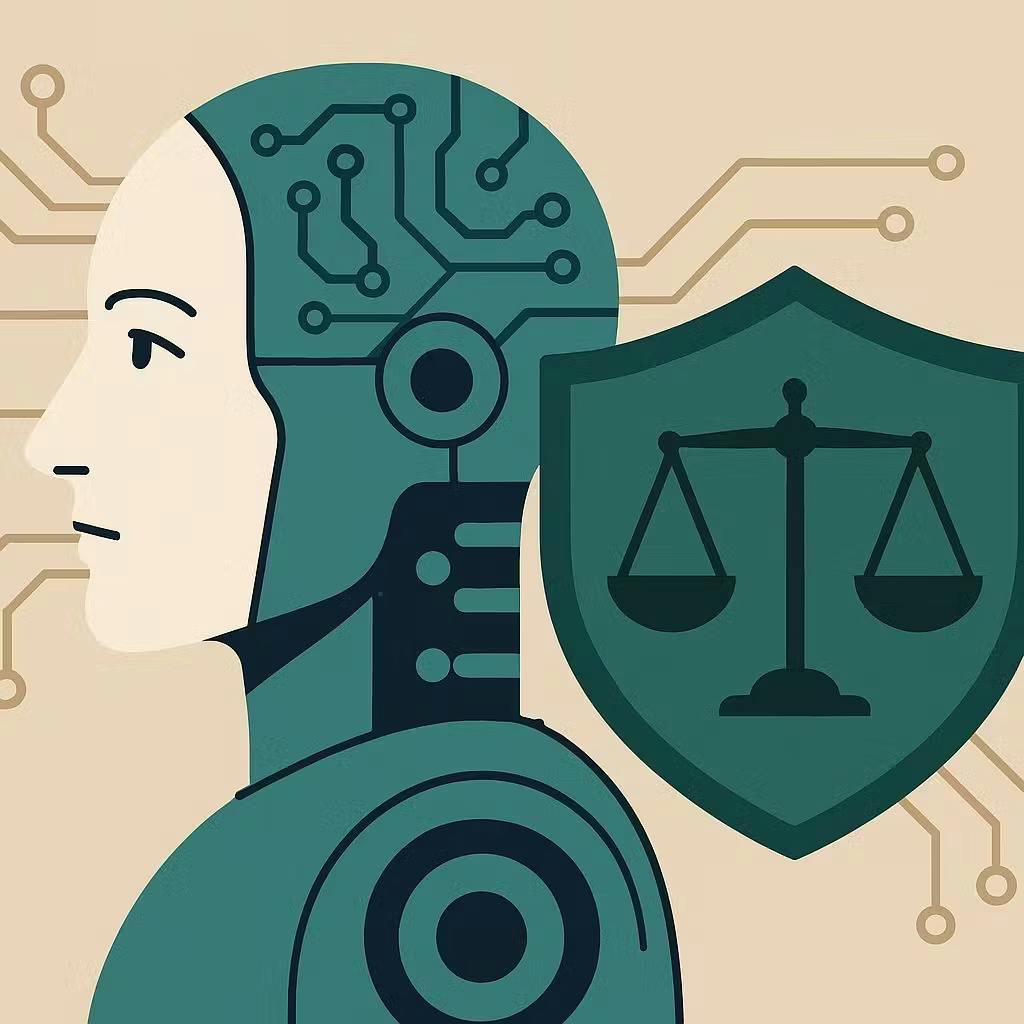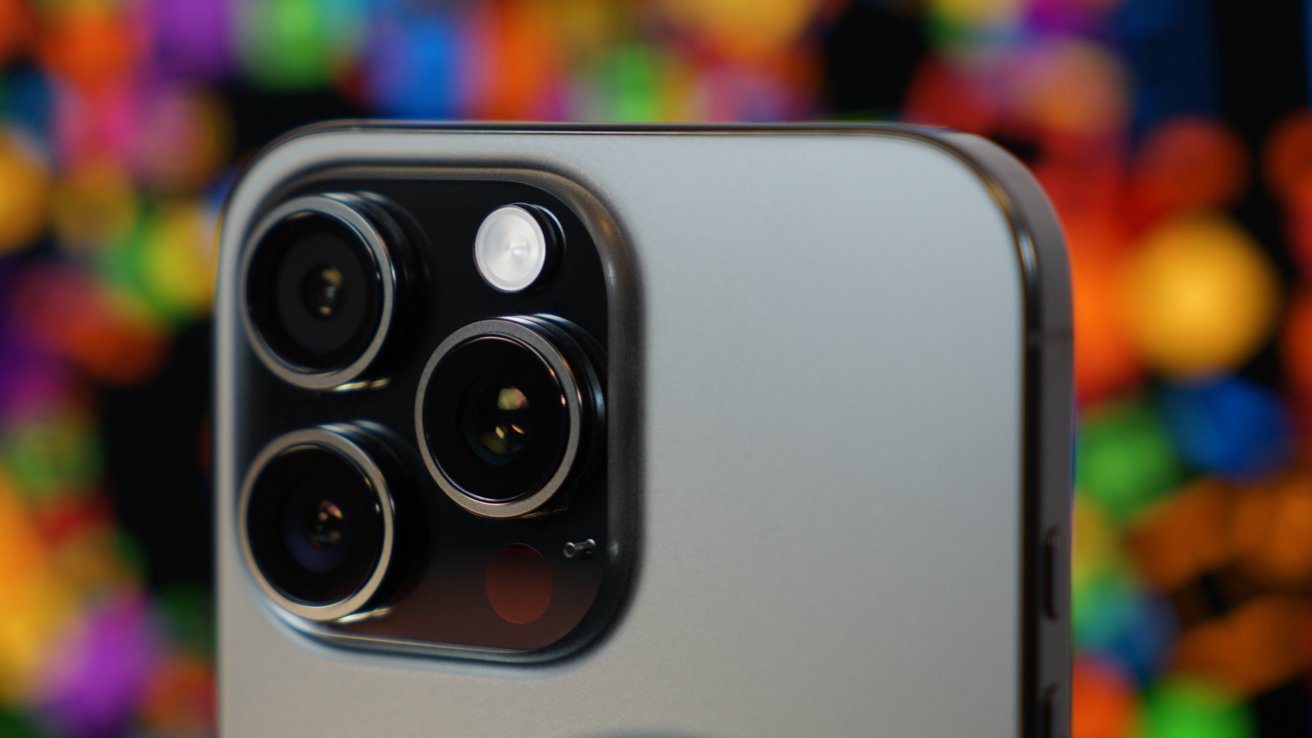It started as a weekend experiment. A few lines of Python, a local language model, and an ambition to build something that didn’t talk back with “Sorry, I can’t help with that.” Within days, it was sorting emails, drafting responses, and nudging calendar events like a silent co-founder who never needed sleep. What began as a personal challenge turned into a digital extension of the self, a kind of second brain. And it wasn’t just one person doing it. It was a wave.
All over the internet, developers, tinkerers, and curious minds are quietly building personal AI agents. Not ChatGPT knockoffs, but deeply customized systems that understand their owners’ habits, tone, and quirks. Some run locally on laptops. Others live in Docker containers. Some even come with encrypted memory vaults. They schedule meetings, summarize articles, and respond to DMs all in the user’s voice. It sounds empowering. And in many ways, it is. But this new age of personalized intelligence is raising a question we aren’t prepared for: If your AI knows everything about you, who else does too?
The Rise of the Do It Yourself (DIY) AI Movement
We’re watching a quiet revolution unfold not in a boardroom, but in bedrooms, cafes, and basements. Thanks to smaller, open-source models like Mistral and LLaMA 3, running a reasonably smart AI agent on a local machine is now within reach. Combine that with tools like LM Studio, AutoGen, Ollama, and Whisper, and you get something personal, powerful, and private. No cloud. No API bill. No surveillance.
This isn’t about creating the next big platform. It’s about taking back control. Users are building AI that answers to them, not to some data-hungry platform trained on their chat history. And when your AI is running locally, you don’t have to worry about whether your every question is being logged or monetized. Or at least, that’s the theory.
When Privacy Becomes a Mirage
The irony is, the more useful these AI agents become, the more dangerous they are not to others, but to you.
Consider this: your personal AI learns how you speak, what you read, how you manage time, and how you emotionally respond to certain people. It probably has access to your calendar, your notes, your inbox, and your browser history. Now, imagine that machine gets compromised. Or synced. Or integrated with a cloud backup you forgot about.
Even the act of training it exposes you. Many devs use public repos and third-party tools that log activity. Some unknowingly install packages that ping external servers. Others use shared GPUs for fine-tuning, trusting systems they don’t own with context they wouldn’t even share with a friend. So the question is no longer just “Is my AI private?” It’s “Do I even know what my AI knows?”
A New Kind of Vulnerability
Traditional data leaks involved passwords or credit cards. The next frontier might involve personality leaks, where your AI, trained on your preferences and behavior, becomes a soft target. Think phishing attempts written in your tone. Deepfakes with your phrasing. Manipulation at scale, not by guessing but by mirroring.
We’ve spent a decade teaching machines how to think like us. Now, we’re teaching them to be us.
Rethinking Ownership in the AI Age
This movement has promise. It democratizes AI. It makes people curious about how these models work. It pushes back against centralized control. But it also forces us to ask: What does it mean to own your intelligence? Is it the code? The weights? The training data? If your AI has your memories, your voice, your decisions, is it a tool, or is it something more intimate?
And if you decide to delete it, do you really believe it’s gone?
The Next Shift
We’re entering a phase where having a personal AI might be as common as having a browser extension. It will autocomplete your thoughts, pre-write your essays, and maybe, just maybe, argue with your spouse on your behalf. Some of this is hilarious. Some of it is disturbing. All of it is coming faster than we expected. The race now isn’t just to build smarter AIs. It’s to build boundaries. Ethical ones. Technical ones. Emotional ones. Because the line between tool and identity is getting blurrier by the day.
We wanted AI to think like us. We didn’t ask what would happen once it remembered everything we forgot.
We’ve focused so much on making AI mirror our thought patterns (predicting responses, generating content, automating decisions), but we rarely pause to consider the depth and permanence of its memory. Your AI might remember private notes, passing thoughts, old mistakes, things you forgot, erased, or didn’t mean to hold onto and that introduces a new kind of digital vulnerability.












